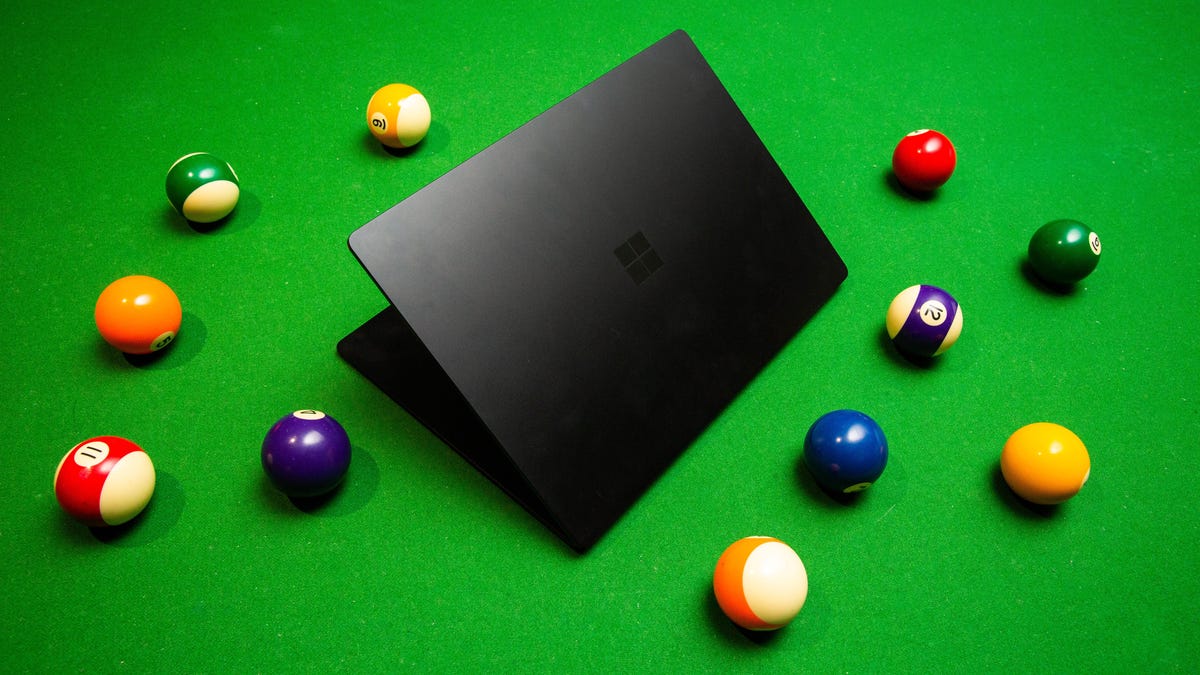Microsoft's strict Windows 11 device requirements have one exception. What to know
Microsoft will maintain its minimum system requirements for Windows 11, including TPM 2.0, despite user complaints. But there is one workaround.

Microsoft is holding strong to its Windows 11 minimum system requirements.
Microsoft's Windows 11 operating system is rolling out today. The new operating system doesn't have the most lenient requirements for people who want to upgrade compatible devices. To do so, you'll need 64-bit processors selected, 4GB of memory, 64GB of storage, UEFI secure boot and TPM 2.0.
Despite pushback from users, Microsoft said in an August blog post that it would keep these requirements. However, a few more processors were added to the compatibility list. Microsoft's list of compatible processors now includes the Intel Core X-series and Xeon W-series, as well as select devices with the Intel Core 7820HQ, including the Surface Studio 2.
For some, there's even a workaround that may allow you to upgrade older machines, though you won't get Microsoft's support.
The reasons for the strict Windows 11 minimum system requirements are performance- and security-based, according to Microsoft. The company's testing found that devices that did not meet minimum requirements experienced 52% more kernel mode crashes, aka the blue screen of death. These requirements are also in line with those for core applications people use for video conferencing, working and gaming, the post said.
However, those who want to upgrade to Windows 11 on an older device that is not on the upgrade list will be able to do so manually, through either the Windows Insider program or Microsoft's Media Creation Tool (which has allowed many people to upgrade from Windows 7 to Windows 10 for free). But doing so means that Microsoft will not support that version of Windows 11.
The PC Health Checker app will also provide more information about why your device may not be compatible, and where to go to figure out next steps. (We've got step-by-step instructions on how to use the PC Health Checker app and other ways to figure out if your PC will be Windows 11 compatible. If you're experiencing a TPM or Secure Boot issue, we've got instructions on how to enable TPM and Secure Boot, too.)
If you aren't going to be able to download Windows 11 on your device, and don't want to buy a new Windows 11 PC, Microsoft will still support Windows 10 through October 2025. And the tool that allows many people to download Windows 10 for free still works.
For more, here's what you'll need to do before you can install Windows 11 and what to do if you're unsure about upgrading.

